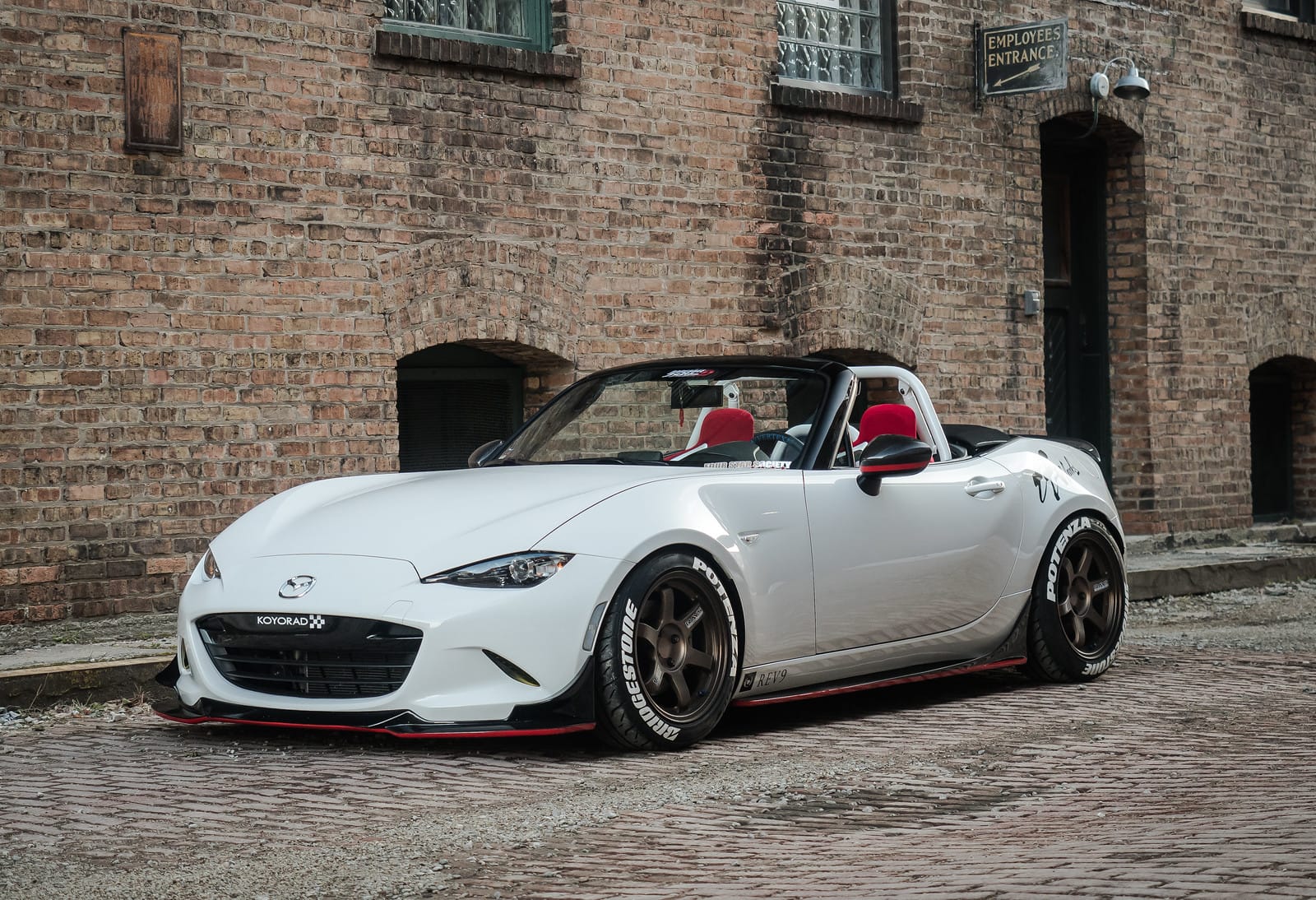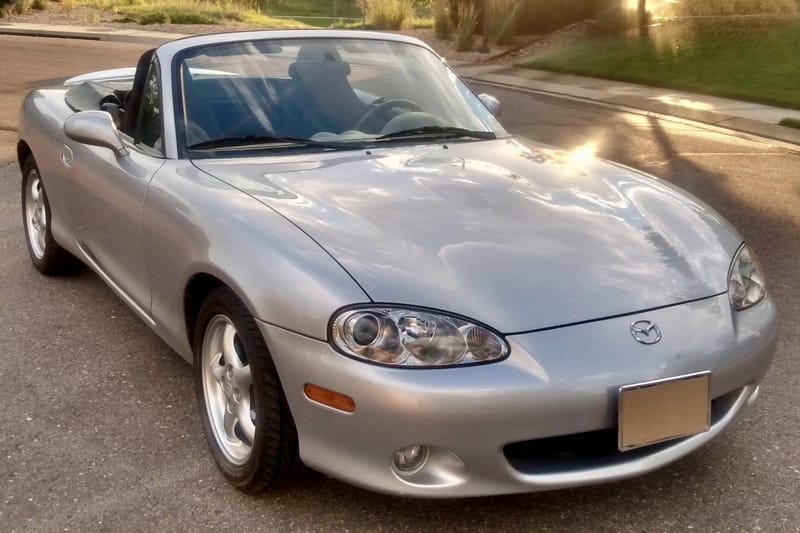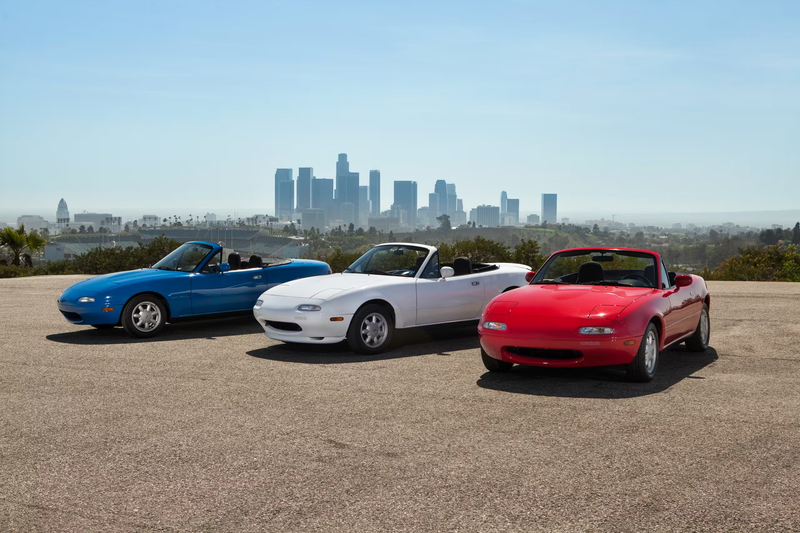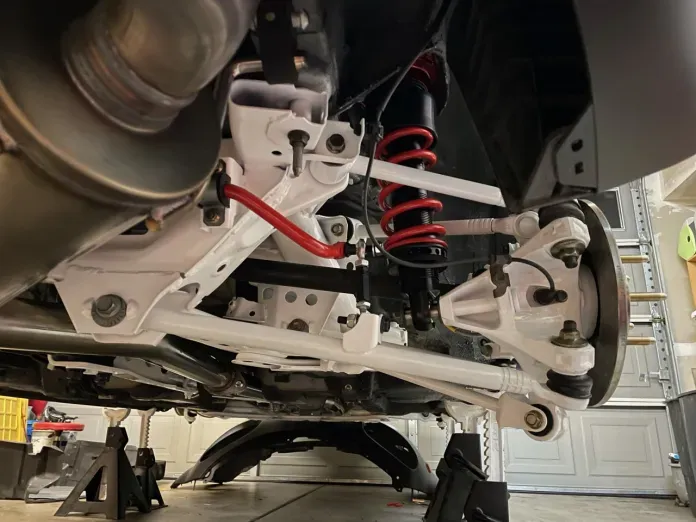The ND Miata Tuning Journey: a Guide
Let’s set our expectations as early as possible. Engine tuning for the ND Miata isn’t just about chasing power—it’s about creating a balance between responsiveness, power delivery, and drivability tailored to the driver’s specific needs. Whether you want a sharper throttle response for autocross or

Let’s set our expectations as early as possible. Engine tuning for the ND Miata isn’t just about chasing power—it’s about creating a balance between responsiveness, power delivery, and drivability tailored to the driver’s specific needs. Whether you want a sharper throttle response for autocross or extra horsepower for the track, tuning the ND Miata can elevate its performance significantly. However, tuning also comes with its challenges, from maintaining reliability to managing the engine’s longevity post-tuning. This article explores the process, challenges, tools, and management strategies for ND Miata tuning, helping enthusiasts optimize their vehicles while preserving reliability.
Challenges of Tuning
While tuning can deliver significant performance improvements, the process comes with unique challenges, especially when dealing with the ND Miata’s 2.0L Skyactiv engine. Tuning isn’t just about adding horsepower—it’s about ensuring that the modifications enhance the car’s overall drivability and don’t compromise reliability. One of the main challenges is balancing the desire for more power with maintaining a smooth and usable driving experience, especially in everyday scenarios. You might gain a lot of horsepower, but if that makes the car harder to drive at low RPMs, then it’s not a successful tune for daily drivers.
Another challenge is finding the right compromises. More power often comes at the expense of fuel efficiency, smoothness at lower speeds, or even the engine’s longevity. This means each modification must be carefully weighed against the car’s intended use, whether it’s for daily driving, track use, or autocross. Reliability is also a major concern with tuning. The ND Miata’s Skyactiv engine, designed for efficiency and low emissions, can be sensitive to aggressive tuning. Missteps can lead to engine knock, poor fuel economy, or even engine damage over time, highlighting the need for careful, deliberate tuning adjustments.

Baseline Setup
Before any tuning can begin, it’s important to understand the baseline performance of the ND Miata. The stock ND Miata typically produces around 151 horsepower at the wheels, which, while respectable, leaves plenty of room for improvement. Establishing this baseline ensures that the effects of any modifications are properly measured and evaluated.
One of the first modifications ND Miata owners often make is to upgrade the exhaust system. The stock exhaust is designed with emissions and noise reduction in mind, which can limit performance. By installing a freer-flowing exhaust, like a long-tube header, the engine can breathe more efficiently, leading to noticeable improvements in power and throttle response. Along with the exhaust, tuning software is crucial for making precise adjustments to the car’s fuel and ignition maps. VersaTuner is a popular engine management tool for Miata owners, allowing for detailed customization of the engine’s performance parameters. With this software, owners can adjust key elements like fuel delivery and ignition timing to unlock more power while maintaining driveability.
Easy Tuning Options
One of the most popular tuning solutions for ND Miata owners is the Fab9. This tuning software provides a user-friendly platform to modify the car’s engine management system. Fab9 offers pre-configured base maps designed to work across a broad range of setups, making it a good starting point for many enthusiasts. The base map typically provides modest power gains while improving throttle response and raising the rev limit slightly, giving the car a more engaging driving feel.
However, while the Fab9 Tune offers custom revisions based on data logs, the results can sometimes be underwhelming. After sending in multiple data logs and receiving revised maps, some users have reported that their tuned ND Miatas didn’t feel significantly faster than stock. This is a common issue when working with remote tuners who don’t have direct access to the vehicle. Without precise data interpretation, even multiple revisions may fail to bring out the desired performance improvements. Tuning is highly dependent on the skill and experience of the tuner, and in some cases, remote tuning simply doesn’t deliver the level of refinement required for substantial gains.

Real-World Testing
After tuning, the ND Miata needs to be tested in real-world driving conditions to gauge the effectiveness of the modifications. One common method is to measure quarter-mile times, although Miatas are generally more focused on agility and handling than straight-line speed. In this case, the tuned ND Miata showed a slight improvement in quarter-mile times, but the gains were minimal, reinforcing the fact that these cars aren’t built for drag racing.
A more relevant test for ND Miata drivers is the second-gear pull from 15 to 60 mph, simulating the kind of acceleration seen in autocross and tight corners on twisty roads. After tuning, the car’s second-gear sweep improved noticeably, with times dropping from 6.29 seconds to 6.03 seconds. This improvement reflected the gains in throttle response and mid-range power, highlighting the benefits of tuning for real-world driving rather than just peak horsepower figures. The focus on usable power in everyday driving situations is what sets a good tune apart from a more traditional power-centric approach.
Switching Tuners
Following an unsatisfactory experience with the Fab9, ND Miata can turn to other tuners for a more refined approach. Clear Motorsport, a UK-based tuning company, is one such alternative known for taking a personalized approach to tuning. They work closely with customers to understand their specific needs and driving styles, ensuring that each tune is tailored to the individual vehicle. Clear Motorsport’s tuning process focuses on several key areas, including exhaust cam adjustments and ignition timing. By fine-tuning the exhaust cam timing, Clear Motorsport was able to improve the ND Miata’s ability to expel exhaust gases more efficiently. This allowed for more aggressive ignition timing, unlocking additional mid-range torque without risking engine knock—a critical factor when pushing the limits of the engine. Adjustments to the ignition timing were also crucial for improving throttle response and power delivery in the mid-range, where most daily drivers and autocross participants spend the majority of their time.
After multiple rounds of tuning and real-world testing, the ND Miata saw noticeable performance improvements. The final tune increased the car’s wheel horsepower from 151 to around 170, a substantial gain for a naturally aspirated engine. This power increase was accompanied by a significant boost in mid-range torque, which made the car feel quicker and more responsive in everyday driving situations. The performance metrics also saw measurable gains. The 0-60 mph time improved from 6.47 seconds in stock form to 6.03 seconds post-tune, while quarter-mile times dropped slightly from 14.84 seconds to 14.75 seconds. More importantly, the second-gear sweep (15-60 mph) improved from 6.29 seconds to 6.03 seconds, reflecting the real-world impact of the tune in scenarios where quick acceleration is most useful, such as autocross and spirited driving on backroads.

Additional Benefits of the Final Tune
Beyond the raw performance improvements, the final tune offered several other benefits that enhanced the overall driving experience. Fuel efficiency, often a concern with performance tuning, actually improved in certain scenarios—particularly in highway driving where optimized ignition timing helped to stretch the car’s fuel economy. Throttle response was another area that saw significant improvement, with the car feeling much more eager to accelerate, especially at lower and mid-range RPMs. Additionally, the final tune introduced playful exhaust crackles, which can be a fun addition for drivers who enjoy an engaging auditory experience. This feature can be fine-tuned depending on the driver’s preference, allowing them to choose how aggressive or subtle they want their exhaust note to be.
Managing Expectations
Tuning the ND Miata, like tuning any vehicle, requires patience and a clear understanding of your goals. It’s important to manage your expectations and recognize that tuning is not a one-size-fits-all process. Each vehicle reacts differently to modifications, and what works for one car might not necessarily work for another. Furthermore, tuning often involves trial and error, with multiple revisions needed to find the perfect setup.
A key factor in a successful tuning journey is working with a skilled tuner who understands your specific goals. Whether you’re looking for more power, better throttle response, or improved drivability, clear communication with your tuner is essential to achieving the desired results.
Tuning the ND Miata can transform the car into an even more responsive, fun-to-drive machine, but it’s important to approach the process with realistic expectations and a clear understanding of the tuning challenges. By choosing the right combination of software, hardware upgrades, and a skilled tuner, you can unlock significant performance gains while retaining reliability and drivability. Whether you’re tuning for the street, autocross, or the track, the ND Miata’s potential can be fully realized with the right approach and careful attention to detail. Tuning is a rewarding journey, and for any car enthusiast, it offers the opportunity to take an already exceptional car to the next level.




